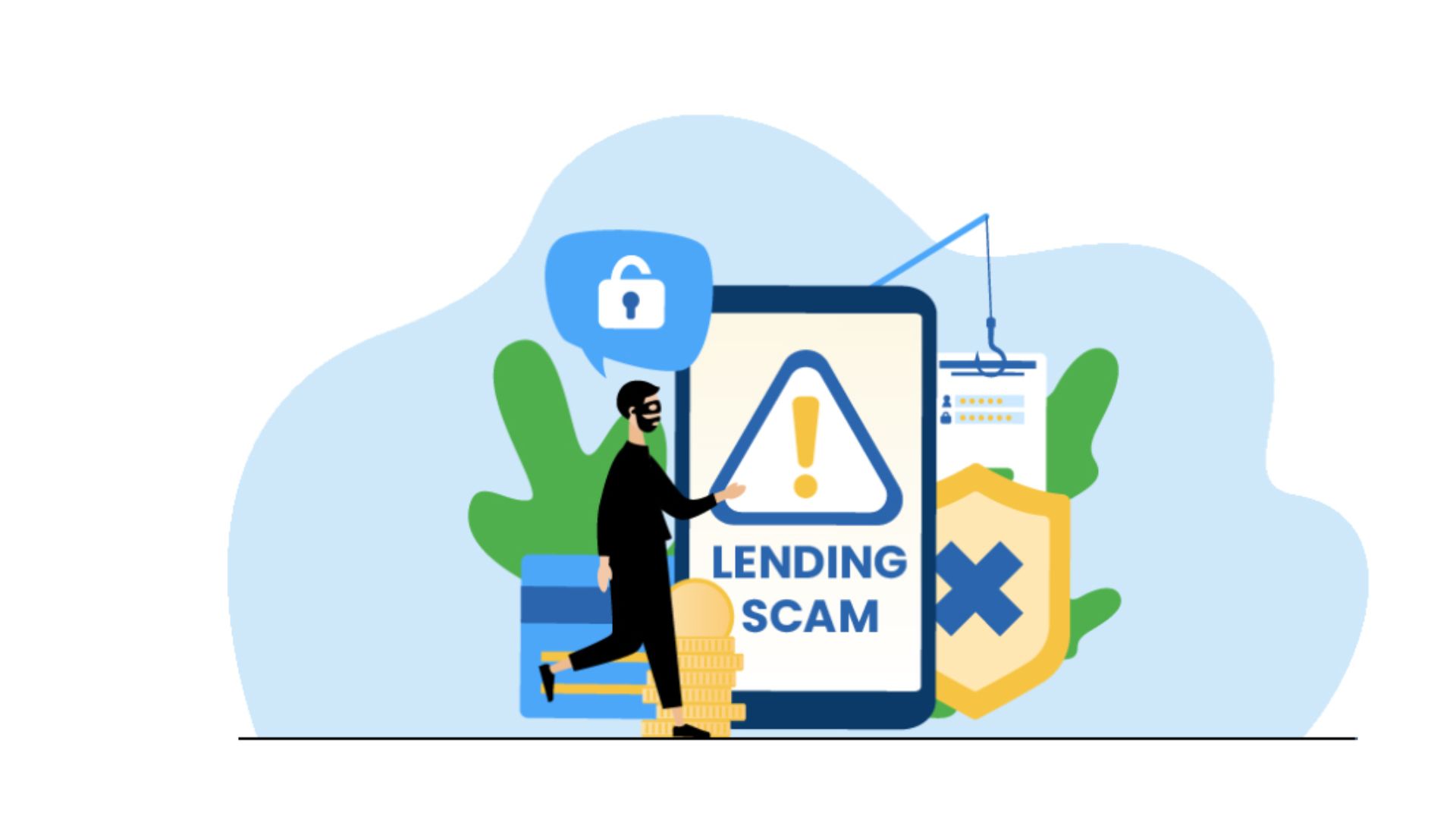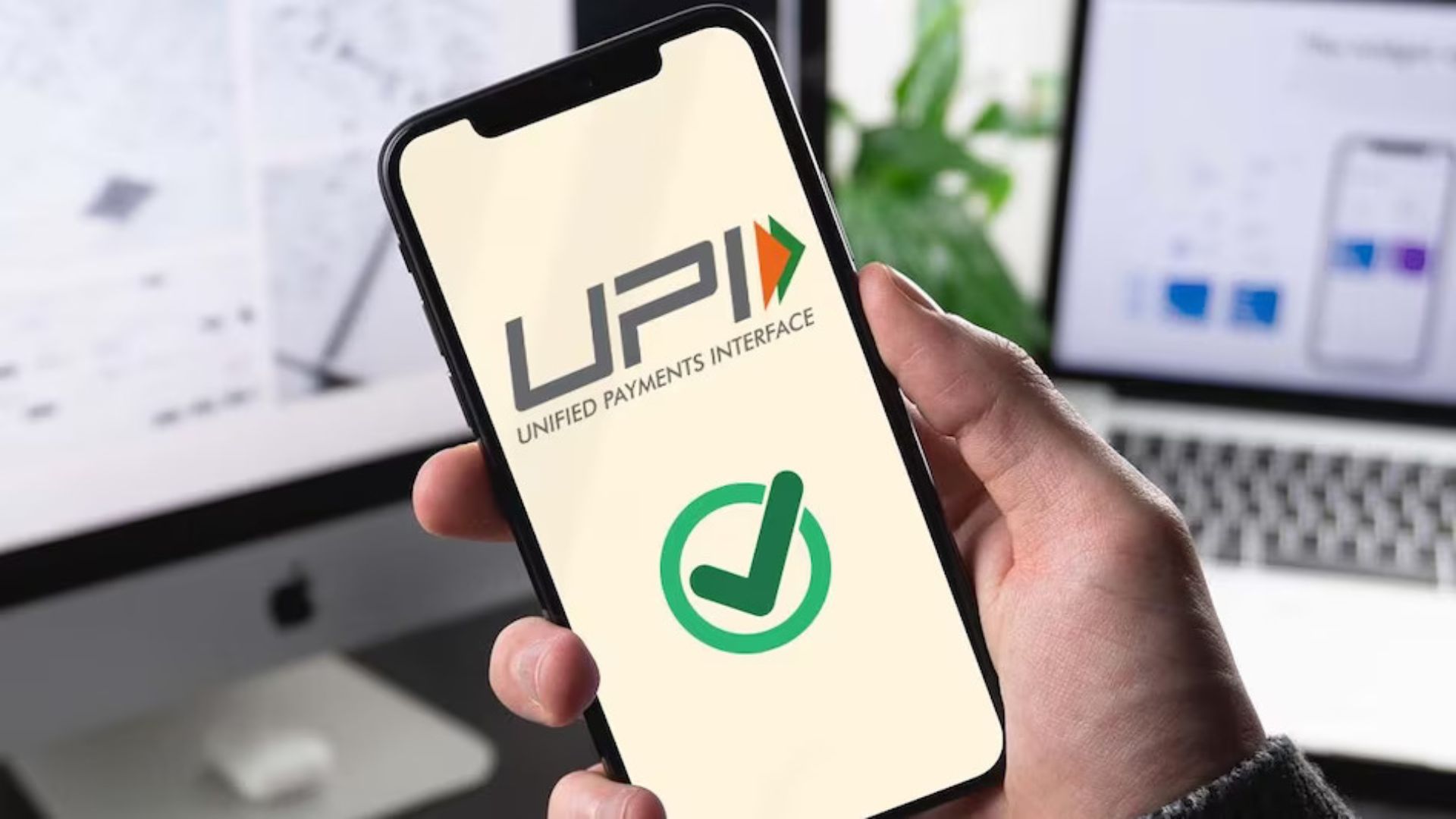

India, a country rich in traditions, is going through a change in the financial sector. We are transitioning to a world of digital transactions from the well-known clink of coins and rustling of notes. The much-awaited digital rupee and UPI (Unified Payments Interface) are the two main forces driving this transformation. However, with so many choices, a few queries remain: Does Google Pay provide currency conversion? (No, it makes utilizing rupees to make purchases within India easier); Does the BHIM app offer cashback? (Yes, there are cashback incentives for some transactions); What is the value of a rupee? (Rs is an acronym for Rupees, which is India’s national currency). For those who are unfamiliar with the notion, even something as basic as a “100 rupee redeem code” may cause confusion.
Let’s delve deeper and understand how UPI and the digital rupee are shaping India’s financial future.
When UPI first appeared in 2016, it served as a conduit between banks and enabled instantaneous money transactions using a smartphone app. UPI’s charm may be compared to the ease with which you can share a meme with a buddy. All you need is a Virtual Payment Address (VPA), which is a special identification that functions similarly to a bank account moniker. Forget about long account data. UPI has achieved extraordinary success because to its streamlined strategy.
Even though it’s only under the pilot program, the digital rupee is revolutionary. Essentially, it is the Reserve Bank of India’s (RBI) electronic equivalent of the actual rupee. Consider it like having your rupees safely kept in a mobile digital wallet. The digital rupee becomes becoming a digital store of value in its own right, even while UPI makes account transfers easier.
Imagine receiving a government subsidy directly deposited into your digital rupee wallet. You can then use this digital currency to make purchases at stores equipped with compatible technology.
UPI and the digital rupee are complementary parts of the jigsaw, not rivals. The digital rupee is one of the several digital payment instruments that may be transferred easily with UPI. The introduction of the digital rupee into the economy might make transactions even safer and more effective.
With India adopting digital payments, there are a ton of exciting opportunities ahead. Imagine a future where you can easily settle payments with pals or pay your local vegetable dealer with your phone. A more accessible and effective financial system is being made possible by the digital rupee and UPI, guaranteeing a more seamless shift from cash to code. Despite being mostly technological, this digital revolution has the power to make financial inclusion a reality by making daily transactions for millions of Indians easier.